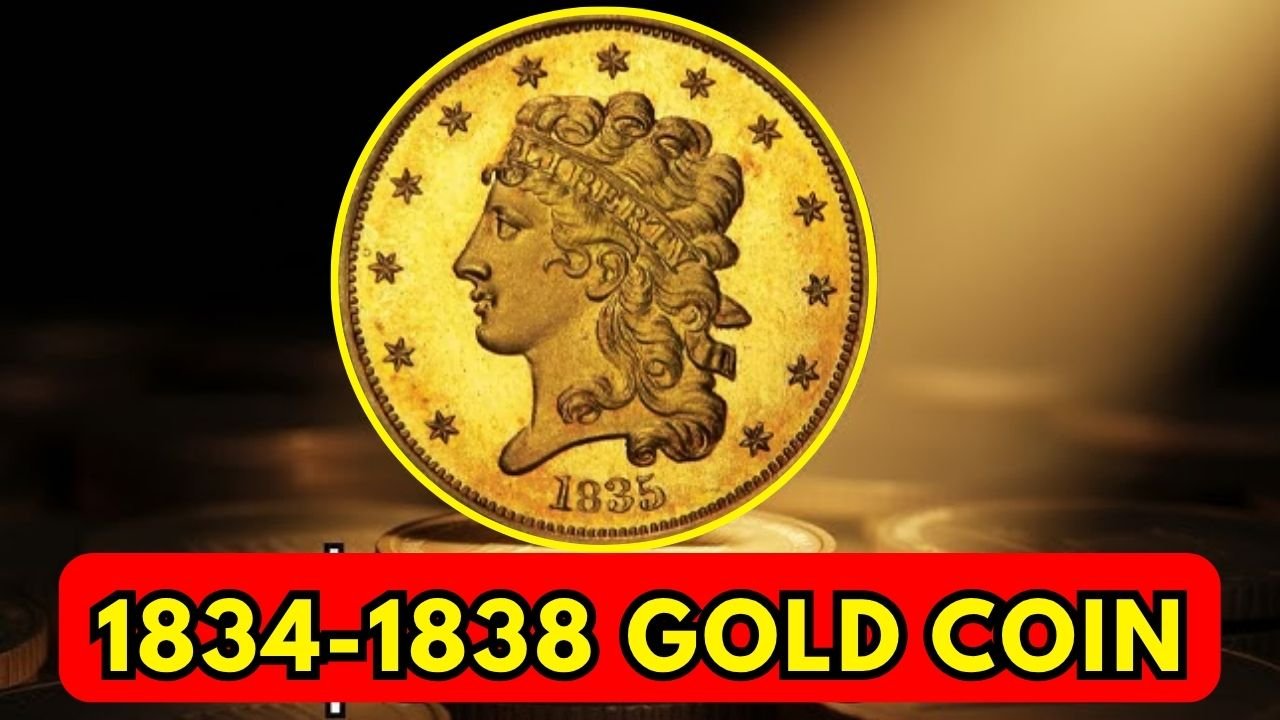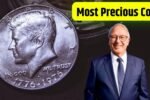Classic Head Half Eagle: In the early 1830s, the United States faced a monetary crisis that would lead to the creation of one of America’s most fascinating gold coins – the Classic Head Half Eagle. These $5 gold pieces tell a story of economic turmoil, artistic craftsmanship, and numismatic history that continues to captivate collectors today.
A Solution to a Golden Problem
By the 1830s, American gold coins had virtually disappeared from circulation. The reason? European wars had driven up global gold prices, making U.S. coins more valuable as bullion than as currency. Under the outdated Coinage Act of 1792, America maintained a 15:1 silver-to-gold ratio while Europe had shifted to 16:1. This discrepancy meant savvy traders could profit by exporting and melting American gold coins.
Congress addressed this imbalance with the 1834 Mint Act, reducing the weight of gold coins to eliminate the arbitrage opportunity. The task of redesigning fell to U.S. Mint Chief Engraver William Kneass, who created what we now know as the Classic Head Half Eagle.
Artistic Evolution
Kneass gave Liberty a more youthful, classical appearance compared to previous designs, reportedly drawing inspiration from John Reich’s 1808 Classic Head Cent. The reverse featured a familiar outstretched-wing eagle but removed the “E PLURIBUS UNUM” banner to help distinguish the new coins from older issues.
Production began at the Philadelphia Mint in 1834, with branch mints in Charlotte (C) and Dahlonega (D) joining in 1838 – the series’ final year. These Southern mint marks now command significant premiums among collectors.
Collecting Classic Head Half Eagles
While mintages were generous compared to earlier issues (657,460 in 1834 alone), several factors make certain dates particularly desirable:
- Key Dates: The 1834 “Crosslet 4,” 1838-C, and 1838-D varieties stand out, often trading for 4-8 times more than other dates
- Condition Rarity: While available in lower grades, high-quality specimens become exponentially more valuable
- Proof Issues: Extremely rare, with estimates suggesting only 10-15 proofs were struck in 1834 and just one known for 1837
Noted numismatist Doug Winter advises collectors that “the Charlotte coin tops the other two in price listings at anything above Choice AU,” with the Dahlonega issue generally outpacing even the rare Crosslet 4 variety.
Design Details
Obverse: Features a left-facing Liberty with “LIBERTY” on her headband, surrounded by 13 stars with the date below. Branch mint marks (C or D) appear between the date and bust.
Reverse: Displays an eagle with outstretched wings, a shield on its breast, clutching an olive branch and arrows. “UNITED STATES OF AMERICA” arcs around the periphery with “5 D.” at the bottom.
Specifications:
- Years of Issue: 1834-1838
- Composition: 90% gold, 10% copper
- Weight: ~8.36 grams
- Diameter: ~22.5 mm
- Edge: Reeded (for anti-counterfeiting)
Why Collectors Treasure Them Today
Beyond their gold content, Classic Head Half Eagles represent a pivotal moment in American monetary history. They mark the transition from early U.S. coinage to more modern issues and showcase the Mint’s efforts to stabilize the nation’s currency.
As Q. David Bowers notes in his Guide Book of United States Type Coins, these coins “offer collectors a tangible connection to America’s financial coming-of-age during the Jacksonian era.” Whether you’re a type collector seeking one representative example or a specialist pursuing the rare branch mint issues, the Classic Head Half Eagle offers golden opportunities at various budget levels.




